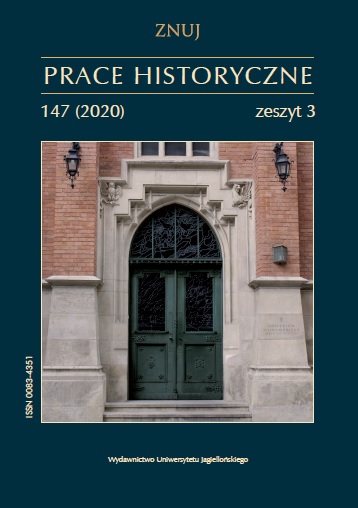Pożegnanie z łotrem? Yuan Shikai w świetle nowych badań
Parting with a villain? Yuan Shikai in light of new research
Author(s): Jakub PolitSubject(s): History
Published by: Wydawnictwo Uniwersytetu Jagiellońskiego
Keywords: historia XX wieku; Chiny; Yuan Shikai; historiografia; 20th-century history; China; historiography
Summary/Abstract: Yuan Shikai, the military strongman of late Qing Empire, talented administrator and reformer, crucial figure during the 1911 (Xinhai) Republican Revolution, president with dictatorial power and, finally, a self-proclaimed emperor, is the most controversial figure of 20th-century China. After his death during the civil war that his actions provoked, historiography (communist and non-communist) portrayed Yuan as traitor and chief villain. In following years Yuan was almost unanimously denounced by Soviet (S.L. Tikhvinsky, O. Nepomnin) and Western (L. Sharman, E. Hummel) historiography. His first biography, written by Jerome Ch’en in 1960, fully upheld this portrait. Significant studies (1968 and 1977) of Ernest P. Young, based on important primary sources, went unnoticed at the time. It was also the case with Stephen McKinnon’s volume on Yuan as brilliant Qing official in Tianjin and Beijing between 1901 and 1908. During the two last decades of the 20th century some smaller studies changed this unfavorable portrait. In the eyes of Marie-Claire Bergère, Madleine Ch’i, Luke Kwong and Henerietta Harrison, Yuan appears as a far-sighted statesman and defender of Chinese raison d’état. The last biography written by Patrick Fuliang Shan portrays Yuan as an extremely power-hungry and astute politician and as a conservative reformer and modernizer, at the same time. His political failure was both his personal tragedy and a catastrophe of the Chinese nation.
Journal: Prace Historyczne
- Issue Year: 147/2020
- Issue No: 3
- Page Range: 505-527
- Page Count: 23
- Language: Polish

